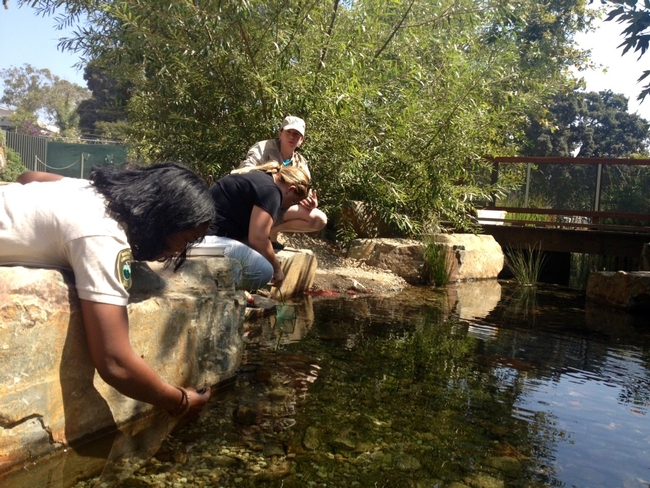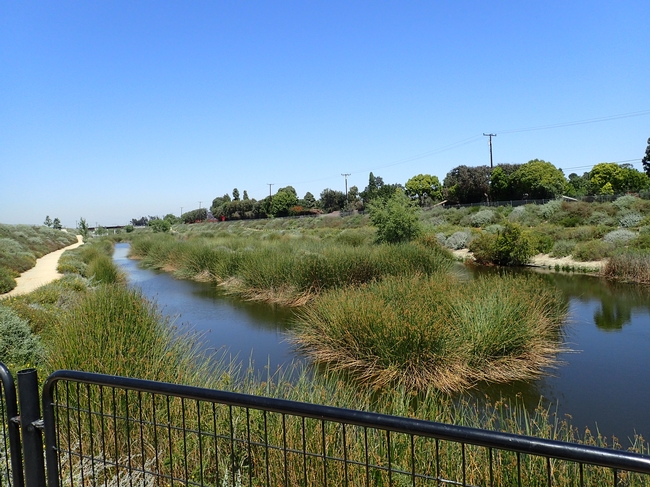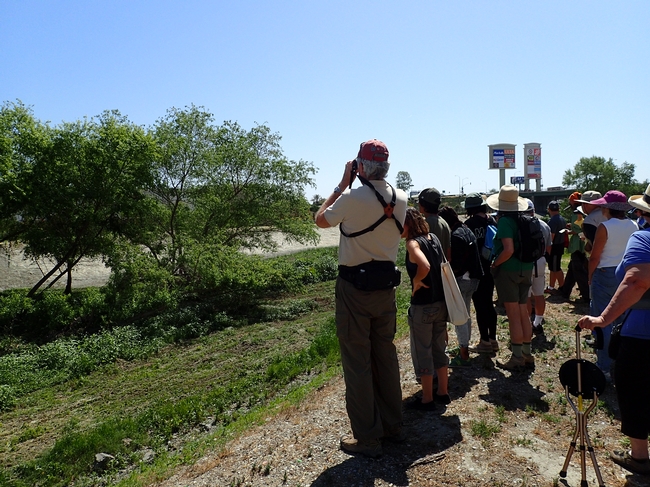To help prioritize lands for growth and conservation, the Southern California Association of Governments (SCAG) has been collaborating with local organizations and stakeholders to develop an innovative online regional mapping tool called SoCal Greenprint.
The SoCal Greenprint is the first database of natural resources for all six counties in the SCAG region – Imperial, Los Angeles, Orange, Riverside, San Bernardino and Ventura counties – and 191 cities in an area covering more than 38,000 square miles.
As SCAG works to coordinate transportation, watershed management, and land-use planning across the region, UC Agriculture and Natural Resources is contributing the most recent scientific data to develop the SoCal Greenprint, with technical support from UC ANR's Informatics and Geographical Information Systems Program.
Sabrina Drill, UC Cooperative Extension natural resources extension advisor in Los Angeles and Ventura counties, has been working with Elizabeth Hiroyasu of The Nature Conservancy as a member of the Science and Strategic Advisory Committee.
“Conserving the natural heritage of Southern California and embracing urban biodiversity requires that we not only work in our wildlands, but that we incorporate ecosystem function into land-use planning,” said Drill. “The Greenprint will be a great resource to put that concept into practice.”
The goals of the SoCal Greenprint are to protect, restore and enhance natural lands, public greenspace, working lands, and water resources and the benefits they provide to people and nature throughout the SCAG region. It is designed to increase the capacity for planners, conservation practitioners, developers, infrastructure agencies and other stakeholders to integrate the protection of natural and agricultural resources into their land use and infrastructure plans.
“UC ANR's involvement in developing the Greenprint helps ensure that the web-based tool is based on the best available scientific data,” said Hiroyasu, The Nature Conservancy landscape scientist who serves as lead scientist on the Greenprint. “Throughout the development process, Dr. Drill has provided expert review of datasets for inclusion in the tool that cover the region, feedback on priorities in LA and Ventura counties and recommendations for other people to connect with.”
The Greenprint will highlight the benefits of natural lands, waters and agricultural lands, including access to parks and trails, habitat protection and connectivity, clean water, clean air, food production and increased resilience to climate change. In addition to preserving ecosystem services, the Greenprint may help land-use planners avoid potential litigation by identifying and assessing environmental issues early in the planning process, Drill said.
While incorporating the most recent scientific data, Drill said the group is guided by the goal of making the tool effective, relevant and practical.


